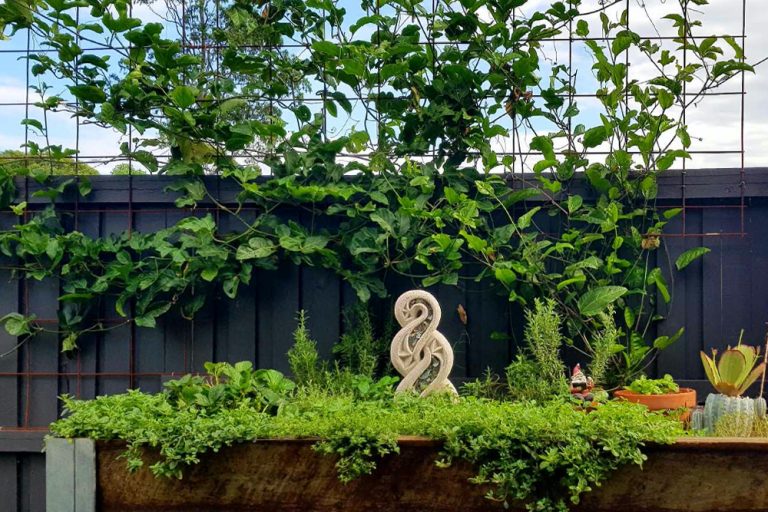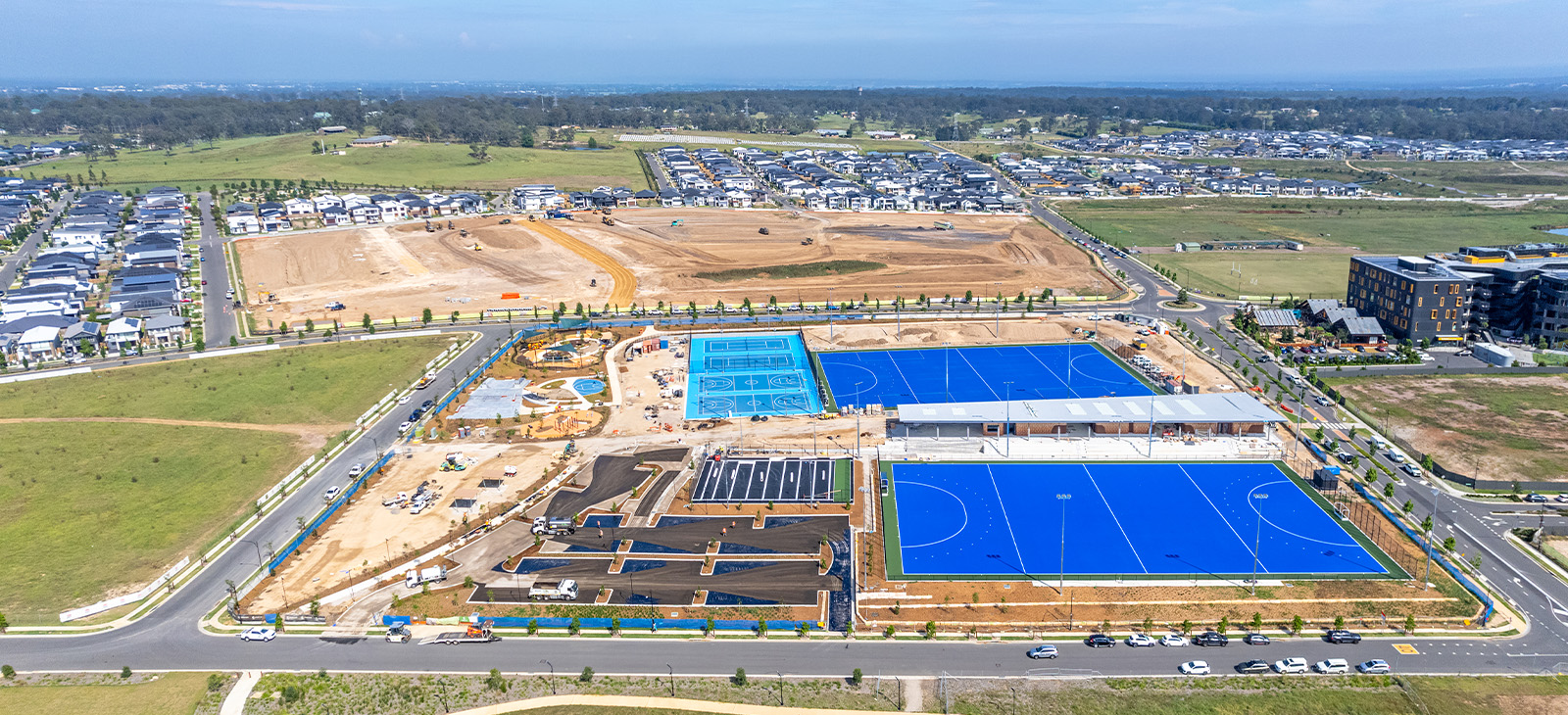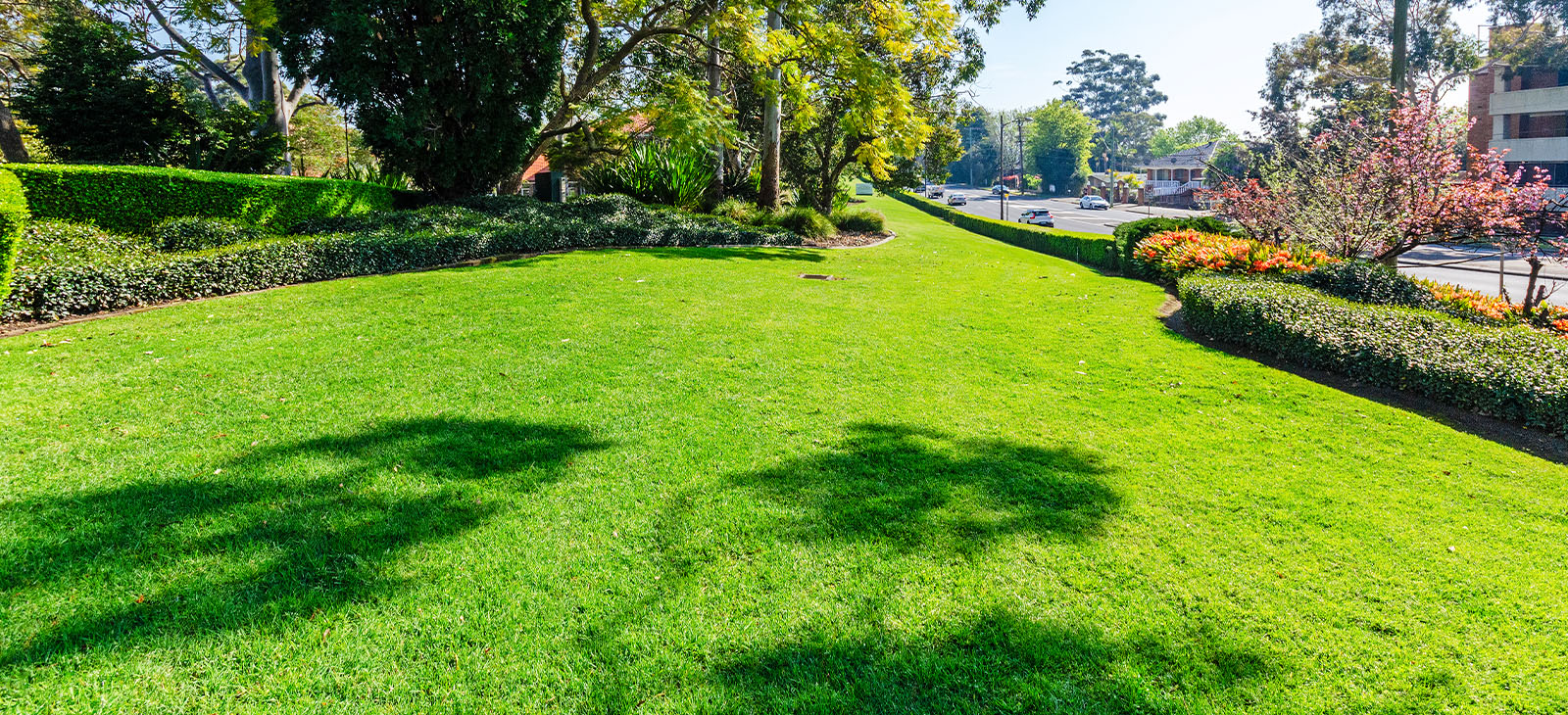Wondering how you’re going to entertain yourself and your family while you stay safe at home this long weekend? Over the past few weeks, we’ve loved seeing so many people rediscover the joy of gardening. As you can imagine, we are keen gardeners ourselves, and many of us have our own vegetable garden or edible patch at home. We firmly believe that no space is too small or large and that we’re all green thumbs at heart!
If you’ve never had your own vegie patch, or find your harvest is never quite as successful as you’d like, team members Emelia, Mike and Aron have put together their recommendations on how to set up your space for success.
Read on for part one of our three part series.
VEGETABLE GARDEN LOCATION
Emelia:
“When thinking about your vegetable garden design, asses your garden and choose a spot that is going to get enough sun but also keep in mind your tender plants, like lettuce, will need protection from the afternoon ‘Western’ sun.
When building a vegetable garden, it is important to remember the garden will take some work so put it in a location that is easy to access – somewhere you won’t forget about it!”
Mike:
“When planning a new vegetable garden installation or refurbishment of an existing, pay special attention to things such as the amount of sunlight, irrigation availability, expected amount of rainfall, surrounding vegetation and structures. Evaluate how much direct sun and filtered sunlight is available – this will very much guide your decisions regarding plant types.
This is imperative in giving your chosen plantings the best chance to thrive. Certain plant species prefer full sun for optimum health while others flourish in part sun to full shade. Surrounding large trees, fences, houses or existing structures of any kind may need to be considered when selecting a suitable location. If more sunlight is required, it may be possible to safely prune surrounding trees to enable more light to reach the garden.”
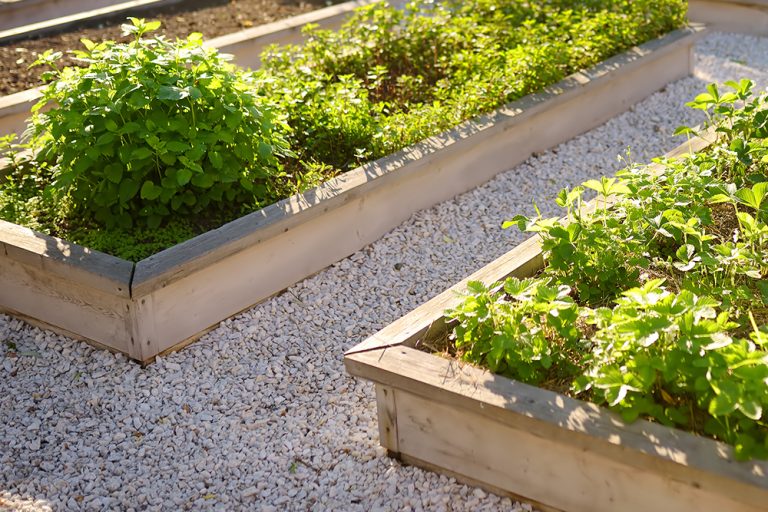
SOIL, MULCH & ADDITIVES
Aron:
“Prior to planting your vegie garden turn in some organic matter such as composted cow manure. About 20 per cent or the total organic matter to soil ratio. Let the soil fallow (sit without planting) for about two weeks.”
Mike:
“A basic soil test should be carried out to ascertain the health of the existing soil. This will assist you in identifying what supplements may be needed to improve the soil condition prior to planting.
Some commonly used additives are manure/organic material, slow-release synthetic fertiliser, water-saving crystals and liquid soil wetting agents. It is also advised to ensure the soil is totally weed-free prior to cultivating to prevent weeds taking over the area once the soil has been disturbed.
Your crops will thank you for mulching. It improves moisture retention, helps prevent weed germination, and breaks down over time releasing organic matter into the soil profile.”
Emelia:
“Your soil is the lifeline of your vegetable garden! It is paramount that you set your garden up with the best quality of soil, one rich in organics that fits within your budget. If you cannot afford the top-shelf soil, go with the next best thing but mix compost into the blend to improve the organic matter. The health of your soil will determine the health, vigour and quality of your crop.
I find sugar mulch to be the best mulch to use in my garden beds. It protects the soil from evaporation, has a good matting quality and it breaks down quickly, which is fantastic in aiding the organic matter within the soil. Another brilliant property is that it trends with the cycle of the tender annuals. This means that when it is time to re-sow, I can mix the old mulch into the soil, re-sow/plant and then redress with fresh mulch for the next round.”
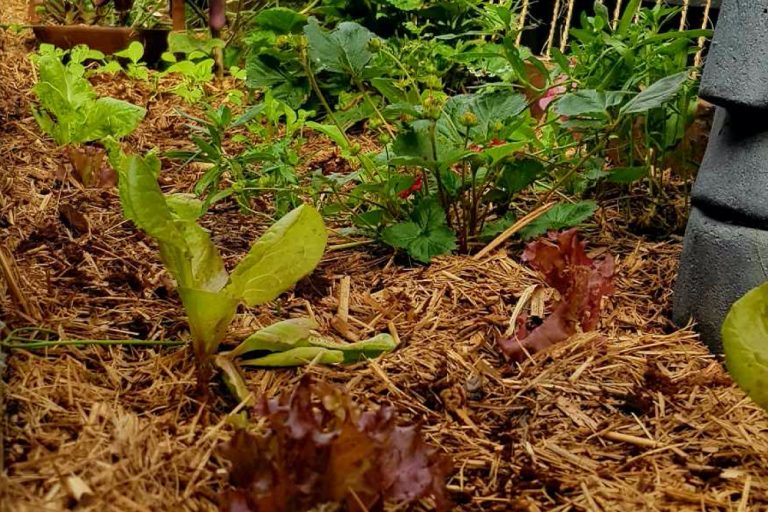
VEGETABLE GARDEN SET UP & MATERIALS
Emelia:
“The height and depth of the garden will play a very big role in how often you will enjoy working within it. I built mine to my hip height and the length of my arm, as I only have access from one side.
As a general rule of thumb – you do not want to build it any deeper than 500-700mm. Any deeper and most of us won’t be able to reach comfortably. Height also comes into play. If you build a low lying garden bed, for instance at 400mm high, you will have to bend down and reach out which can cause a lot of discomfort and stress on your back.”
Mike:
“Including an edging border is advised as it will help contain the plantings, soil, mulch etc. If a natural timber or stone edging is used, it can also add to the visual appeal of the garden.”
Stay tuned for part two of our grow your own series.
